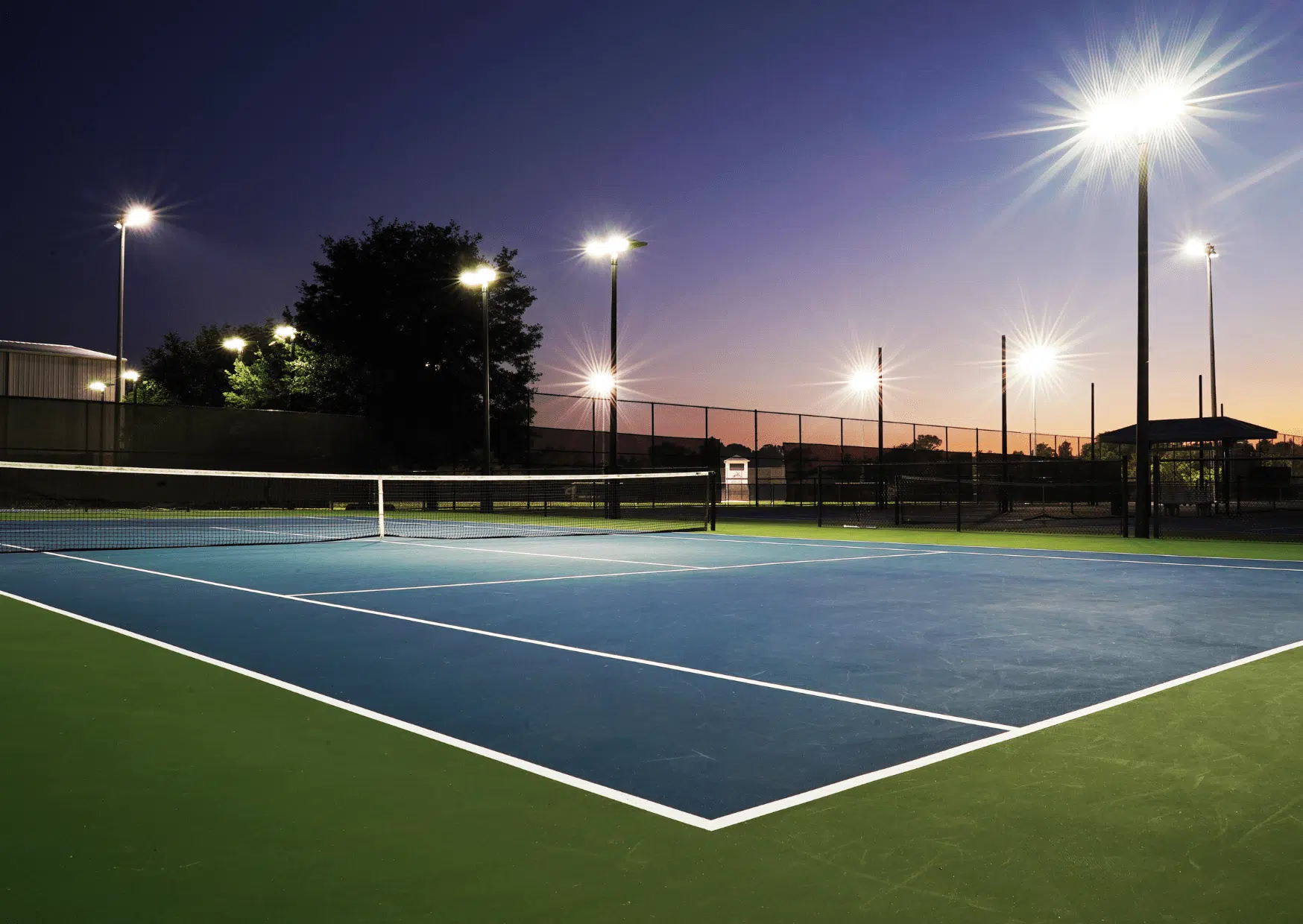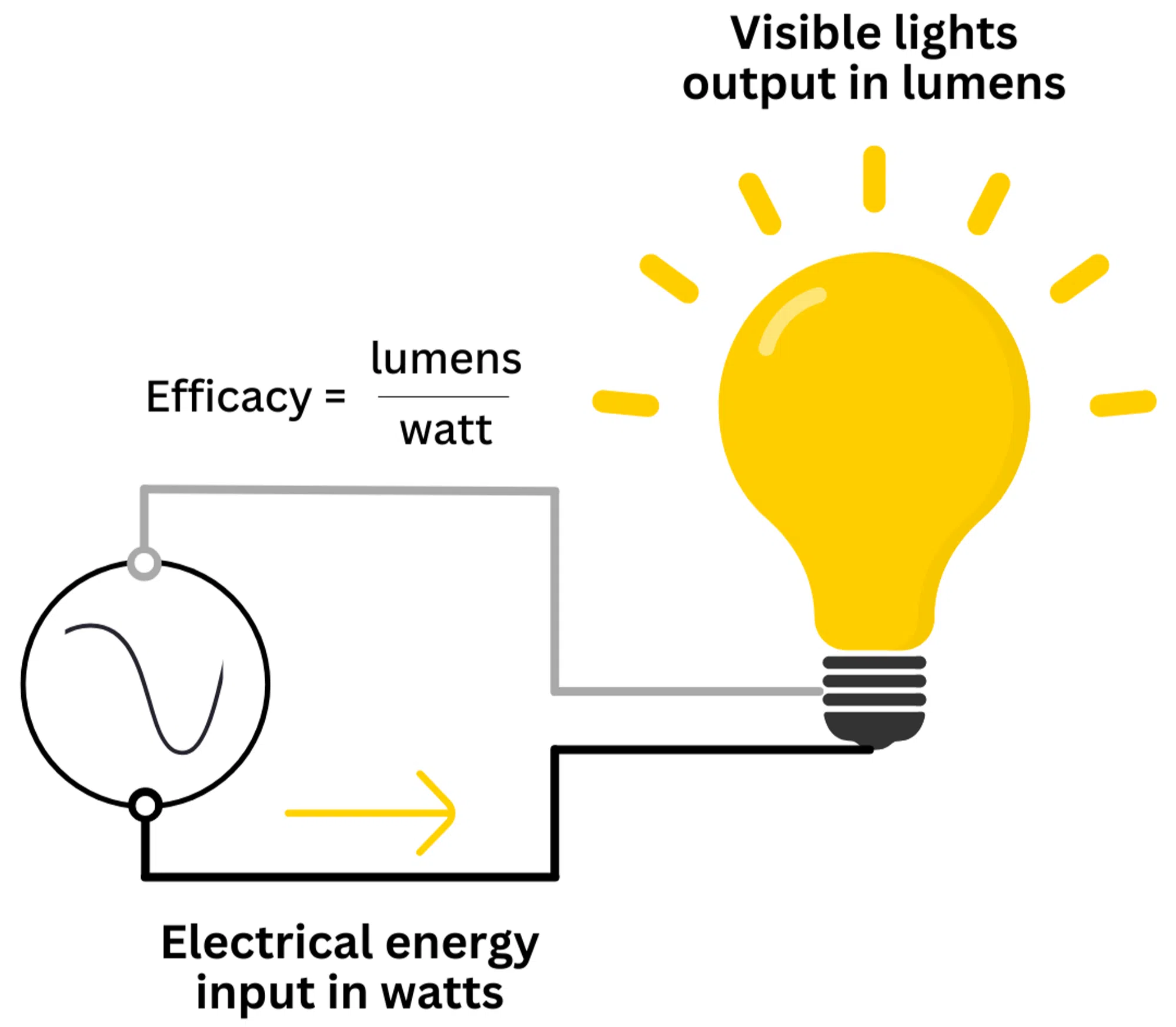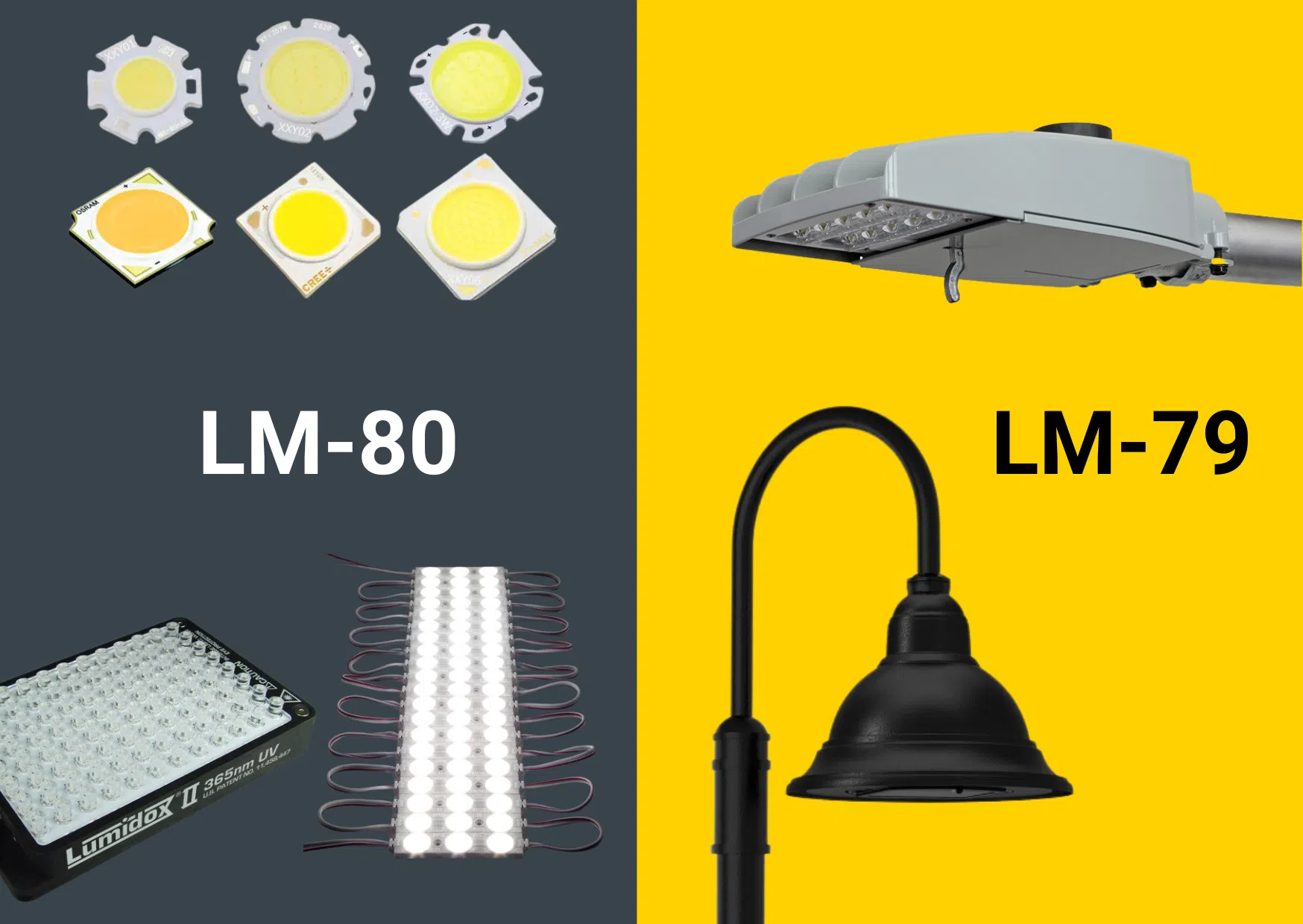
Â
Â
LED technology has transformed the lighting industry. Compared to traditional light sources like incandescent and fluorescent bulbs, LEDs are more energy-efficient, provide better light quality, and last significantly longer. These advantages have led to a rapid shift in adoption across various sectors. According to the U.S. Department of Energy, LEDs made up 48% of installed lighting units in 2020, compared to just 8% in 2015 and 1% in 2010.
Â
As LED popularity grows, so does competition among manufacturers to create brighter and more efficient fixtures. One key metric used to measure this is luminous efficacy, which refers to how effectively a light source converts electrical power into visible light. It's usually expressed in lumens per watt (LPW).
Â
While efficacy is an important indicator of performance, it’s also been a point of contention. Some manufacturers test only the bare LED chip rather than the full fixture, including lenses and other components. This can lead to misleadingly high efficacy numbers that don’t reflect real-world performance. As a result, it becomes difficult for buyers to accurately compare products or understand what they’re actually getting.
Â
In this article, we’ll explore what luminous efficacy really means, why it matters for solar lighting, how some manufacturers misrepresent their claims, and tips on identifying genuine, high-performing products.
Â
What is Luminous Efficacy?
Â
The Illuminating Engineering Society (IES) defines luminous efficacy as “the total emitted luminous flux divided by the total source electrical input power.†It’s measured in lumens per watt (LPW). For example, a fixture that produces 1500 lumens using 20 watts has an efficacy of 75 LPW. If another fixture produces 2500 lumens with the same 20 watts, its efficacy would be 125 LPW—significantly higher.
Â

Â
Though efficacy is often confused with efficiency, they are different concepts. Efficacy measures how much visible light is produced per watt of power used, while efficiency refers to how much of that light is actually delivered by the fixture. Efficacy is the most useful metric for comparing fixtures, but it’s important to understand the distinction between the two terms.
Â
Why Does Efficacy Matter for Solar Lighting?
Â
For grid-connected lighting, higher efficacy means lower energy costs and reduced strain on the power grid. But when it comes to solar-powered systems, where energy is free, you might wonder if efficacy still matters. The answer is yes—because higher efficacy means less power is needed to produce the same amount of light. This translates to smaller solar panels, lighter batteries, and more affordable systems overall.
Â
Additionally, lower power requirements make solar lighting more viable for high-latitude locations, where sunlight is limited. Efficacy directly impacts system design, cost, and long-term sustainability.
Â
How Do Manufacturers Mislead Buyers?
Â
To stand out in a competitive market, some manufacturers test only the LED chip without the lens or driver. This gives them higher LPW ratings, but those results aren’t reflective of real-world performance. Lenses and drivers help control light output and distribution, so excluding them leads to exaggerated claims.
Â
Many manufacturers don’t clearly state whether their efficacy numbers are based on the complete fixture or just the LED chip. This lack of transparency makes it hard for buyers to compare products fairly. However, there are ways to identify trustworthy products.
Â
The Importance of LM-79 Testing
Â
One reliable way to verify efficacy is through LM-79 testing, an IES-approved standard for measuring the optical and electrical characteristics of solid-state lighting. Unlike other tests, LM-79 is performed on complete luminaires, not just individual components like LED chips. It uses specialized equipment such as integrating spheres and goniophotometers to ensure accurate, comparable data.
Â
Other tests like LM-80 focus on lumen depreciation over time, while TM-21 predicts lifespan. These are useful, but LM-79 is the gold standard for efficacy and lumen output. Always look for LM-79 reports when evaluating LED products.
Â
Â
Red Flags to Watch For
Â
If a product doesn’t have LM-79 testing, it may not be reliable. Also, be cautious of efficacy claims that fall outside the typical range of reputable manufacturers (usually between 120–160 LPW). If a product claims significantly higher or lower values, ask for details about how the number was calculated.
Â
Another red flag is when efficacy remains constant regardless of power levels. Efficacy should decrease as power increases. If a manufacturer claims the same LPW at 20W and 100W, that’s suspicious.
Â
Making Informed Purchase Decisions
Â
Understanding efficacy and knowing how it’s tested is crucial when choosing lighting solutions. While not all manufacturers follow the same standards, independent testing like LM-79 helps level the playing field. This allows for fair comparisons between products and ensures you get the right performance for your project.
Â
If you can’t find clear information on a manufacturer’s website, consider asking these questions:
- Can you provide independent testing results for your efficacy claims?
- How do you measure lumens in your products?
- What is the total fixture efficacy, including drivers and lenses?
- Do you offer photometric reports for your fixtures?
- Are your efficacy claims based on initial or maintained lumens?
- Can you share references or case studies of similar installations?
Â
Have a question about efficacy or anything else? Our team of solar experts is here to help. Reach out today to learn more about how to choose the best lighting solution for your needs.
Â
Powder Benzoin For Powder Coating
Application:
As a degass agent should be add to premix with 0.3~0.5% of total frmulation for degassing bubbles during extrusion to eliminate or reduce those imperfections like pinholes. It can be applied in all kind of powder coatings.
yellowing phenomena.
Our Advantage & Service:
-Technical Support Online Service Provided
According to customer's requirement, we provide layout (plant designer), excellent mechanical engineer, excellent electrician, etc.
-On-site Training Service Provided
In customer factory, we provide all kinds of training, including installation, commissioning
-Long-term Maintenance Provided
In the area of maintenance, we offer needs-oriented and standardized maintenance packages, such as the overhaul of components, gearboxes, in order to guarantee the safe and economic operation of plant and machinery.
-Spare Parts Replacement and Repair Service Provided
Providing spare parts for all kinds of Powder Coating processing equipment in long-term. And can provide tailored made spare parts according to customers' requirements. Ensure advanced craft, good material and high precision.
-Formulation Provided (our advantage)
Some customers are worried their final products if can get best result, we have our own formulator (Engineer for powder coating formulation) who is testing and updating the formulation according to customer requirement all the time. And have very good experience for the formulation to support customer to make different effect powder coatings.
Powder Coating Benzoin,Degassing Agent Benzoin,Powder Coating Anti-Yellowing Benzoin,Powder Coating Diphenylethanone
Yantai Yuanli Corp Ltd , https://www.yuanlicorpcn.com
